5 Exercises FF Should NOT Do & What To Do Instead – Part 5
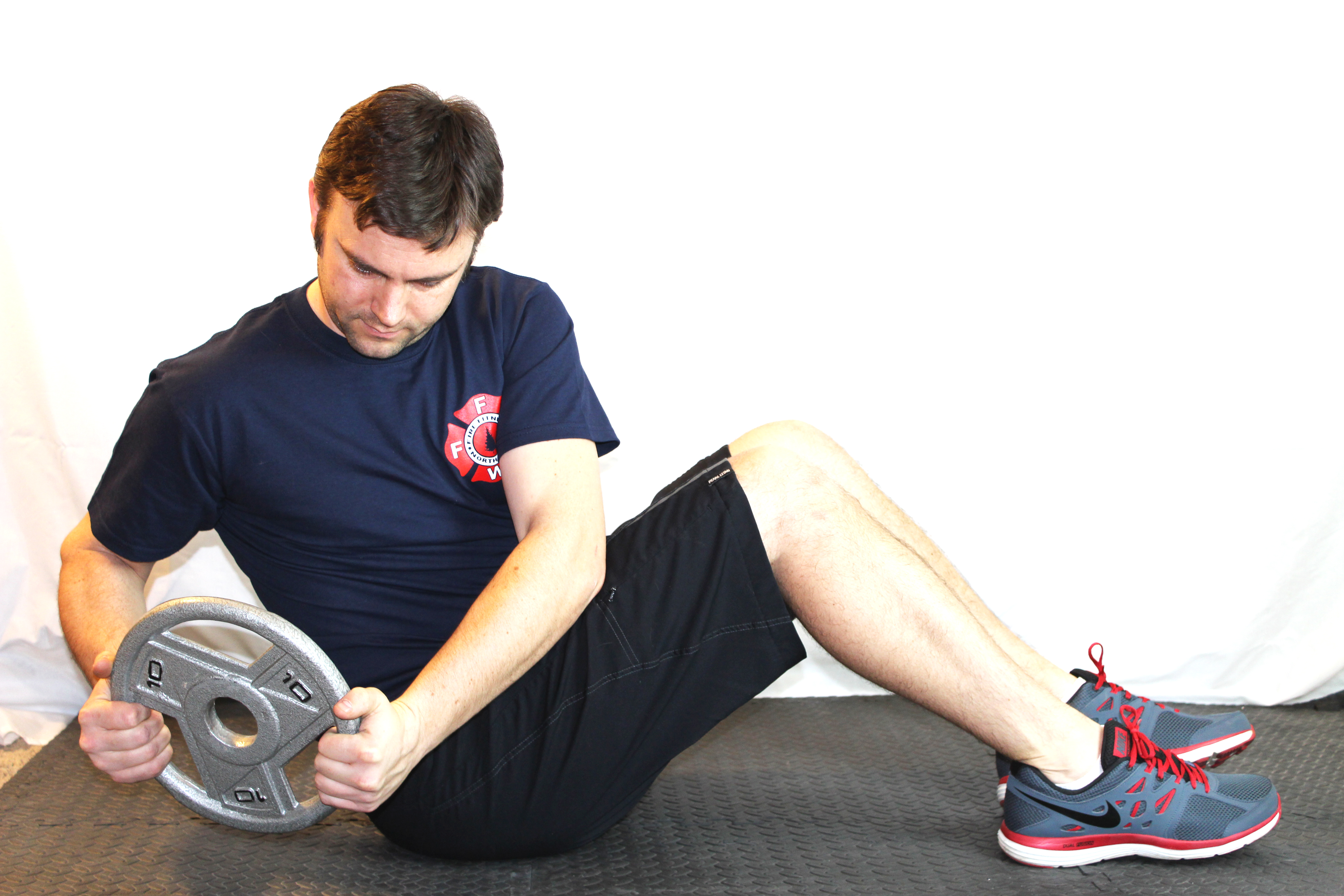 Over the past few weeks we’ve been discussing exercises that place a lot of stress on the joints and can even cause damage. Obviously that’s counterproductive – if we’re spending time and energy to exercise we want it to be beneficial, not detrimental! Especially for firefighters who already have an injury risk that is FOUR times that of other physically demanding professions, this stuff is important to know.
Over the past few weeks we’ve been discussing exercises that place a lot of stress on the joints and can even cause damage. Obviously that’s counterproductive – if we’re spending time and energy to exercise we want it to be beneficial, not detrimental! Especially for firefighters who already have an injury risk that is FOUR times that of other physically demanding professions, this stuff is important to know.
Exercises that involve extreme twisting of the spine fall under this category.
This is mostly seen in abdominal exercises. I often observe people at the gym in a sit-up position aggressively thrusting a medicine ball or weight from side to side (see the picture above). Sure, you may be working your obliques a little, but you’re straining your spine a lot.
See, twisting places a kind of force on your spine that you may have heard of: Torque.
That’s right, excessive torque may be great for your Ford truck, but it’s not great for your vertebrae. It can be very damaging to the cartilage that wraps around each intervetrabal disc which exists to keep the disc in place. Each time you twist excessively, you lower the failure threshold of that cartilage. Even excessive twisting while stretching should be avoided.
Now this doesn’t mean you have to avoid twisting all-together. After all, you do have to move in a somewhat diagonal/sideways direction to work your obliques. But that can be accomplished with even a light twisting. In fact, when you over-do the twist by throwing your torso from side to side, that’s just your body making the exercise easier for you – and less effective.
Medicine ball and free weight twists can be done safely by twisting only a little and focusing on really contracting the obliques in a slow, controlled manner.
You can also sit upright, hold a resistance tube or pulley, and contract the abdominals while twisting about 45 degrees to each side.
See the picture below. Be sure you feel the exercise in your obliques to ensure you are doing it correctly.
Read the complete series here:
5 Exercises FFs Should NOT Do & What To Do Instead
Part 1: Introduction
Part 2: Extensions & The Superman
Part 3: Sit-Ups & The Plank
Part 4: Calf Raises & Box Jumps
Part 5: Extreme Twists
Part 6: Hamstring Stretches

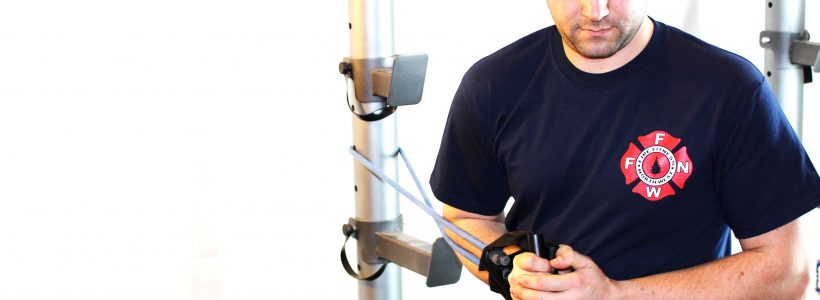
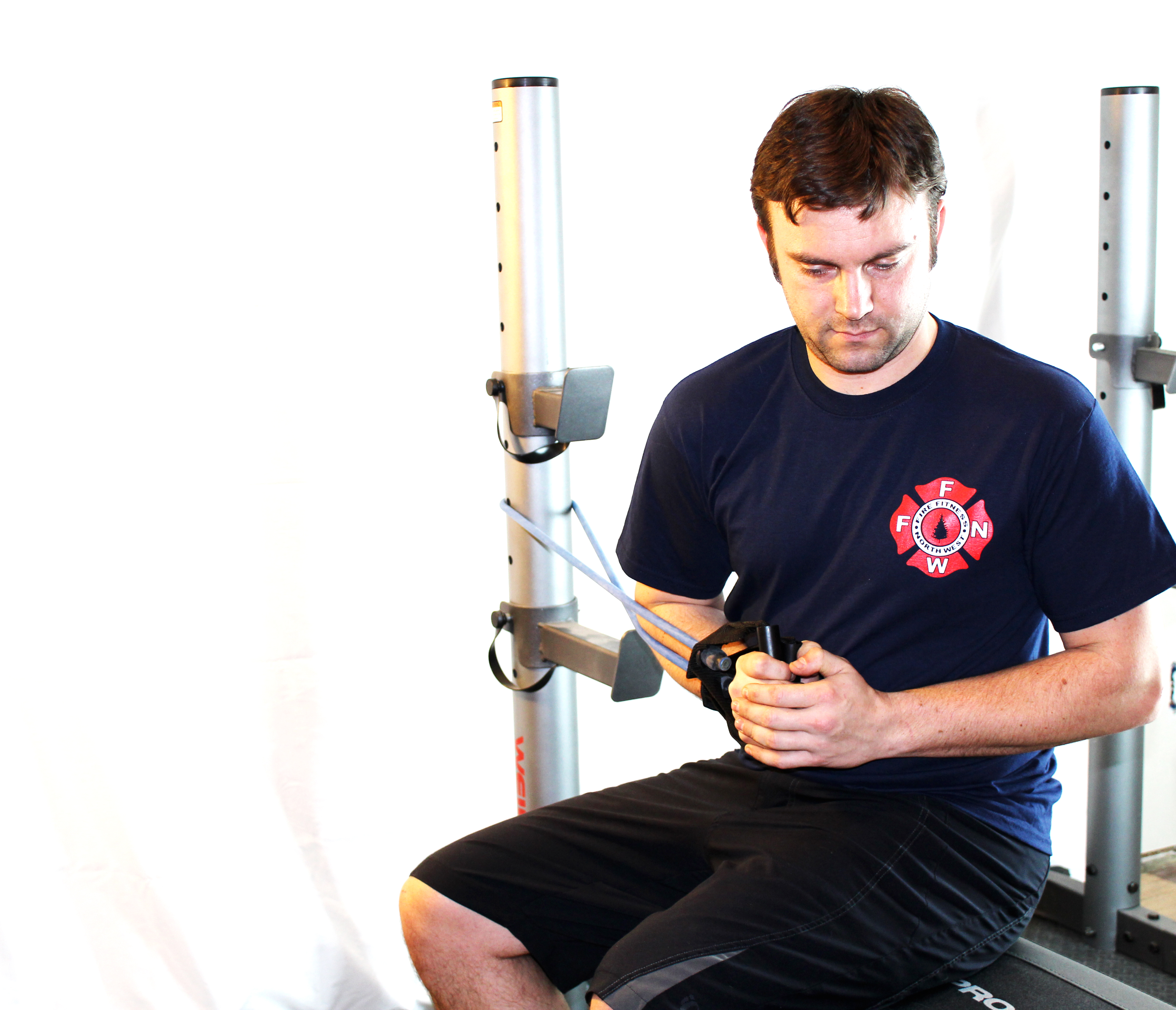
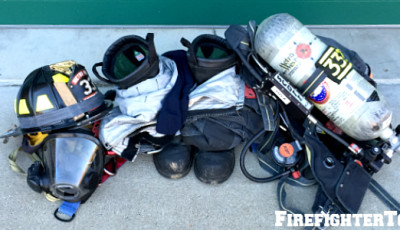
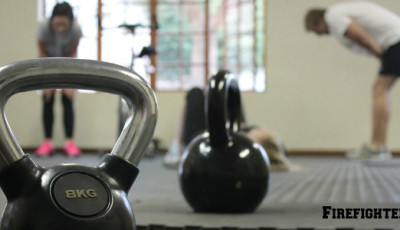
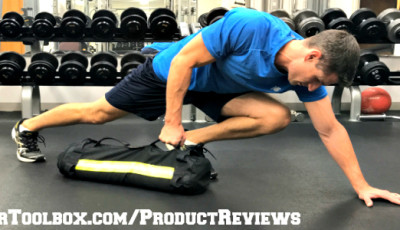
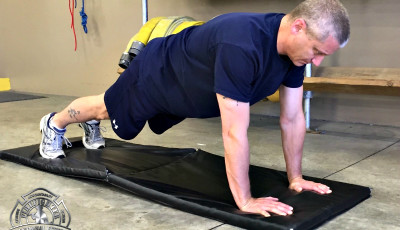




Pingback: 5 Exercises FFs Should NOT Do & What To Do Instead – Part 4 | FireFighterToolBox
Pingback: 5 Exercises FF Should NOT Do & What To Do Instead – Part 6 | FireFighterToolBox
Great information. I sometimes perform twisting motions with medicine ball, but do it in a controlled motion. I am older and don’t have the range of motion I used to have. Still don’t exercise enough but I’m trying.
Thanks for your commitment to improving our fitness and safety.
You’re welcome Harold! Happy to help!
Heavy twist bad, light twist good? Shorter ROM and slower speed in the weight room will adequeately prepare you for larger ROM and faster speeds with heavier loads in the field? How are we getting stronger if we stay light, slow, with a small range of motion? Whats too heavy too light? Where does the progressive overload principle fit in?
The nozzle reaction on a hose line forces a FF to counter act a trenendous amount of rotational forces. Some anti rotation excercises or full-body rotation movements could be good alternatives to heavy twists with bad form.
However, the “bad” exercises can still be taught, performed, and progressed properly to be safe and effective. The human body is designed to handle torque, compression, and shear forces. It is also designed to be able to be trained to increase its capacity in safely handling these forces.
The joints of the spine, especially in the low back, have very little rotation capability. In fact, L5, the lowest joint in your low back, can only rotate about 5 degrees. So forcing a lot of rotation on them can be damaging and over time increase your risk of back injury. Therefore it is incorrect to state that “the human body is designed to handle these forces”…in the case of the spine, it just is not.
Interesting point to counter. Then why do any trunk rotation excersises at all? The history of the human body and its movement abilities would suggest that it is designed to synergistically handle these forces. Look at sports (discus throwers, javelin, boxing, martial arts), tools and weapons (sledgehammers, spears, shovels) it is really limitless. Our spines rotate constantly through out the day. Underload, no load, fast slow, large and small ROM’s. Done and taught right, progressed right and proper balance in strength and ROM on both sides, and the spine is protected and strong.
Dr.’s McGill and Sahrman are very smart and wrote great books, but the information has handcuffed human performance at all levels. They reported what the body has been doing for ages. The information should reinforce the importance of technique, progression, and balance. Rather it limits training and leaves firefighters under prepared to handle forces that occur on the fireground.